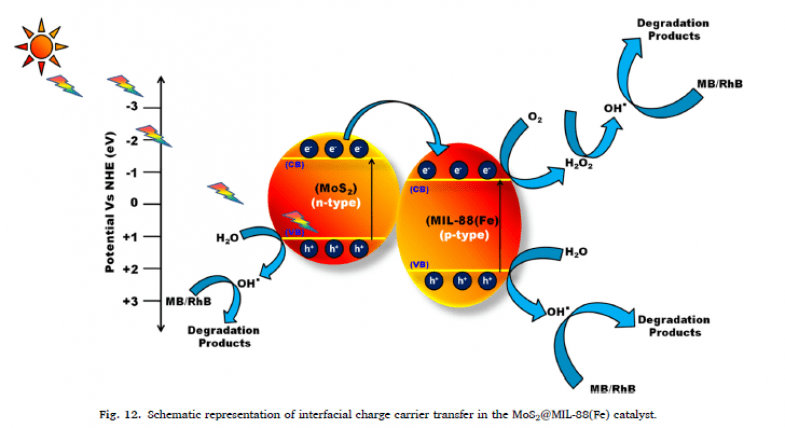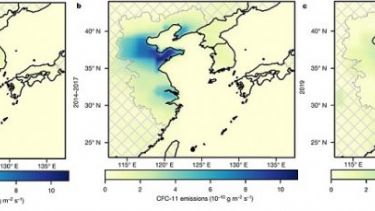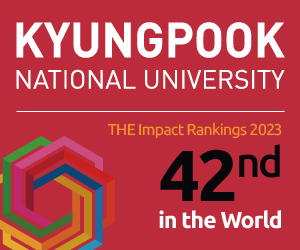
Professor Woong Kim, the Department of Environmental Engineering at Kyungpook National University has developed a photocatalyst that can decompose more than 98% of coloured dye wastewater within an hour through international joint research with Saudi Arabia’s King Saud University and others.
The world’s annual dye production is approximately 1 million tons, resulting in a huge amount of coloured wastewater. Various technologies such as adsorption, chemical oxidation, ozonization, coagulation, membrane process, biological decomposition, electrochemical process, and photocatalytic decomposition are being applied to remove these dye contaminants.
Dual photocatalytic technology is widely applicable and recyclable, so it is considered an eco-friendly technology. However, metal oxides such as zinc oxide (ZnO) and titanium dioxide (TiO2), which are mainly used as materials, can be used only in ultraviolet areas, thus increasing the decomposition efficiency.
To improve this, Professor Kim’s team developed a photocatalyst as an iron-organic hybrid composite material doped with molybdenum disulfide (MoS2) through solvo-thermal technique technology.
MoS2 can absorb light not only in ultraviolet rays but also in visible light areas, but there is a problem that energy efficiency decreases as electrons and majors generated during the reaction process are quickly recombined.
MoS2 of the photocatalyst developed by the research team decomposes water when it receives light to produce an OH radical with strong oxidizing power. At the same time, electrons generated from MoS2 moved to iron-organic hybrid composite materials, preventing electrons and majors from recombining and creating new reactions to improve the dissolution efficiency of dyes.
The research team confirmed through experiments that if the catalyst dosage developed in wastewater containing 50 mg/L of dye is adjusted to 0.05 mg/L and pH is adjusted to 5.0, the dye decomposes more than 98% within an hour. Conventional photocatalysts had a processing efficiency of approximately 80%, with limitations that took several hours to process.
Regarding the paper, Professor Kim Woong said, “The photocatalyst that we developed this time has drastically improved the decomposition efficiency of visible light areas and reduced the processing time by about 1/3.” “It is very encouraging to develop a catalyst technology that can treat wastewater that threatens the Earth’s environment.” The catalyst is expected to be applied not only to organic dyes but also to organic substances in wastewater.”
The results of the study were published in the journal Journal of Hazardous Materials on July 15.






















